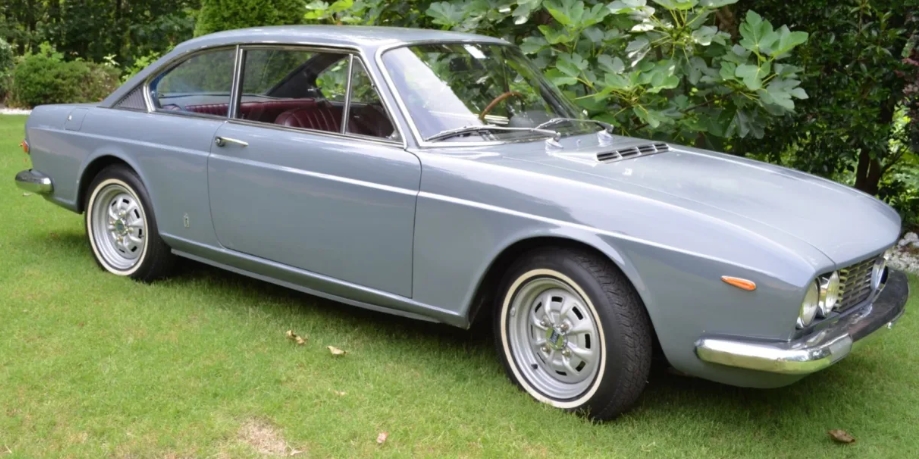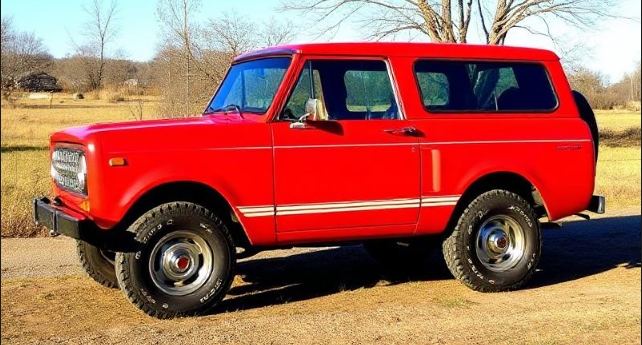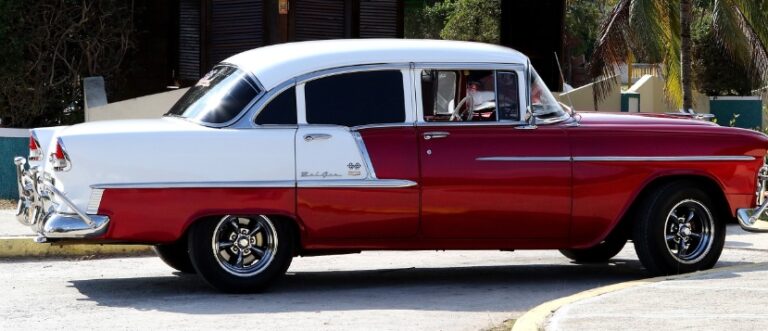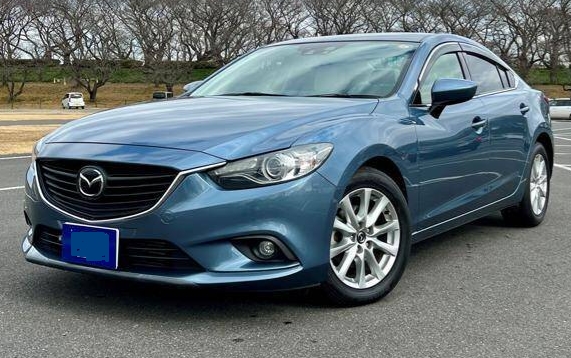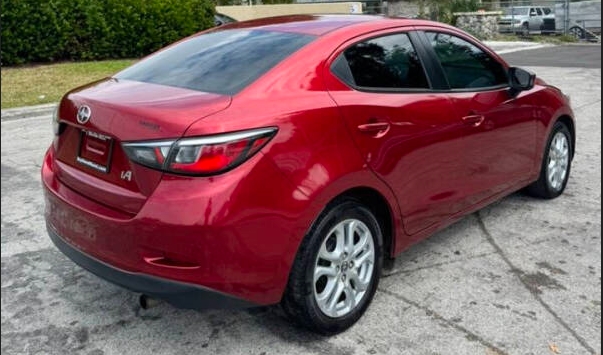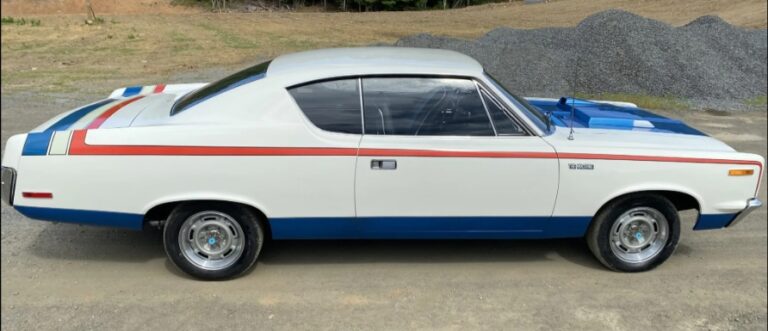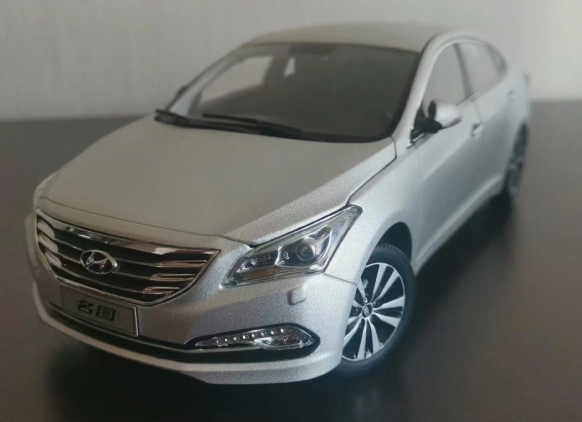The Evolution of the Lancia Flavia: A Legacy of Advanced Engineering
In the pantheon of great automotive marques, Lancia holds a special, almost revered, place. For decades, it was a brand defined not by sales figures or mass-market appeal, but by a relentless, almost stubborn, pursuit of engineering excellence. Cars like the Lambda, Aprilia, and Aurelia were technical masterpieces that often challenged convention. Into this lineage, in 1960, a new car was born: the Lancia Flavia. It was to be Lancia’s crucial middle-class offering, bridging the gap between the compact Appia and the stately Flaminia. Yet, in true Lancia fashion, it was far from a conventional family saloon. The Flavia was a rolling showcase of advanced technology and sophisticated design, a car whose evolution over a decade tells the story of a company at the peak of its innovative powers.
Series I (1960-1967): The Birth of an Innovator
The Lancia Flavia was unveiled at the 1960 Turin Motor Show, and it immediately distinguished itself from its contemporaries. It was the brainchild of Professor Antonio Fessia, a brilliant engineer who had moved to Lancia from Fiat. Fessia was a fervent advocate for front-wheel drive, and the Flavia became Lancia’s first-ever production car to adopt the layout. This was just the beginning of its technical prowess.
The Berlina (1960-1967)
At the heart of the Flavia Berlina (saloon) was a newly designed, all-aluminum, 1500 cc horizontally opposed four-cylinder engine—a “boxer” engine. This configuration offered superb balance and allowed for a very low bonnet line, contributing to a low center of gravity and excellent handling. Coupled with its front-wheel-drive layout, independent front suspension, and standard Dunlop four-wheel disc brakes (a rarity for a mainstream saloon in 1960), the Flavia was dynamically years ahead of its rivals.
The styling of the first-series Berlina was formal and intellectual rather than overtly passionate. Its upright glasshouse, quad headlamps, and crisp, unadorned lines exuded a sense of sober quality. It was a car for engineers, architects, and professionals—discerning buyers who valued substance over flash. Initially, the 1500 cc engine produced a modest 78 hp, prioritising smoothness and torque over outright speed.
The Coachbuilt Quartet: Adding Flair and Performance
While the Berlina established the Flavia’s technical credentials, it was the subsequent coachbuilt models that truly captured the public’s imagination, transforming the platform into a versatile and desirable family of cars.
- Flavia Coupé by Pininfarina (1962-1968): Unveiled in 1962, the Coupé was a masterpiece of elegance and proportion. Penned by Pininfarina, it shared no body panels with the Berlina. Its clean, graceful lines, thin pillars, and airy glasshouse created a timeless design that is still admired today. It was mechanically similar to the saloon but featured a higher-compression version of the 1500 cc engine with twin carburettors, boosting power to 90 hp. It was the perfect Italian grand tourer for the thinking man.
- Flavia Convertible by Vignale (1962-1967): Also launched in 1962, the Convertible was designed and built by Vignale. Based on a shortened Coupé floorpan, it had its own distinct character. It was sharper and more angular than the Pininfarina Coupé, featuring a prominent grille and a taut, muscular stance. Offered as a 2+2, it was a stylish and exclusive open-top tourer.
- Flavia Sport by Zagato (1962-1967): The most eccentric and performance-oriented of the family, the Sport Zagato was pure automotive sculpture. Designed by the legendary Ercole Spada at Zagato, its lightweight aluminum body was an exercise in aerodynamics. It featured unusual curved side windows, a panoramic rear screen, and the iconic Zagato “double bubble” roof. It was the lightest and fastest of the Flavias, a true driver’s car sought after for its unique aesthetics and agile handling.
Engine Evolution of the First Series
In 1963, Lancia significantly enhanced the Flavia’s appeal by introducing a larger 1800 cc engine. This new motor was available in two states of tune: a carburetted version producing 92 hp, and a groundbreaking version featuring Kugelfischer mechanical fuel injection, which pushed output to a healthy 102 hp. The Flavia was one of the very first Italian production cars to offer fuel injection, once again cementing Lancia’s reputation as a technological pioneer. These more powerful engines were made available across the Berlina, Coupé, Convertible, and Sport models, elevating their performance to match their sophisticated chassis.
.

.
Series II (1967-1970): A Period of Refinement
By 1967, the Flavia was due for a significant update. This second series focused on refining the original concept, bringing a more modern aesthetic and further mechanical improvements.
The New Berlina (1967-1970)
The second-series Berlina received a completely new body. While retaining the original car’s wheelbase, the new design was lower, wider, and sleeker, with a more conventional single-headlamp front end and a more elegant, elongated tail. The interior was also comprehensively redesigned, becoming more luxurious and comfortable. The engine lineup was simplified to the 1800 cc unit, still available with either a carburettor or fuel injection. For a brief period, a 1500 cc base model was retained, but the 1800 became the mainstay. A more luxurious “LX” trim was offered on the injected model, featuring superior interior appointments.
The Coupé and the End of the Convertibles
The Pininfarina Coupé continued with its original, beautiful body until 1968. The Vignale Convertible and Sport Zagato were discontinued in 1967, making the first-series coachbuilt models—especially the Zagato—rare and highly collectible today.
In 1969, a revised Coupé was introduced. While retaining the classic Pininfarina shape, it featured a new grille, a redesigned tail with larger light clusters, and a significantly updated interior. The biggest news, however, was under the bonnet. This revised model introduced the final evolution of the Flavia’s boxer engine: a 2000 cc unit. This new engine gave the Coupé the long-legged cruising ability it truly deserved, marking the beginning of the end for the Flavia nameplate and the transition to its successor.
The Final Act: The Lancia 2000 (1971-1975)
In 1971, the Flavia line underwent its final transformation and a name change. Although a direct descendant, the car was now simply called the Lancia 2000. Fiat had purchased the struggling Lancia company in 1969, and while the 2000 was a pure Lancia design, it represented the end of an era of complete independence.
The 2000 Berlina (1971-1975)
The 2000 Berlina was a further refinement of the second-series Flavia saloon. Visually, it was distinguished by prominent rubber inserts on the bumpers and a new version of the classic Lancia “scudo” grille. The focus was now firmly on luxury. The interior was lavishly appointed with high-quality materials like velvet upholstery and real wood trim. It was a comfortable, quiet, and supremely competent executive saloon. The 2000 cc engine was available with either a carburettor (115 hp) or, in the 2000 IE model, a sophisticated Bosch D-Jetronic electronic fuel injection system (125 hp). Optional extras like power steering and air conditioning further enhanced its luxury credentials.
The 2000 and 2000 HF Coupé (1971-1975)
The Lancia 2000 Coupé was based on the facelifted 1969 Flavia Coupé body by Pininfarina. It carried over the elegant design but featured the new Lancia 2000 grille and updated interior trim. It was a magnificent grand tourer, combining timeless style with refined performance from its 2000 cc engine.
The ultimate iteration of the platform was the 2000 HF Coupé. The “HF” (High Fidelity) designation, borrowed from Lancia’s victorious rally team, signalled a more sporting intent. The HF came standard with the powerful 125 hp fuel-injected engine, CROMODORA alloy wheels, and a driver-focused interior. A five-speed manual gearbox, developed by ZF, became available, finally giving the chassis the transmission it deserved. The Lancia 2000 HF Coupé was the final, most accomplished version of a design that began over a decade earlier. It was a fitting swansong for the Flavia family—a car that was fast, comfortable, beautifully made, and intellectually satisfying to drive.
Legacy
Production of the Lancia 2000 family ceased in 1975. The Flavia, in all its forms, was never a mass-market success. It was too expensive, too complex, and perhaps too understated for mainstream tastes. However, its legacy is not measured in sales. The Flavia was a testament to Lancia’s golden age of engineering. It pioneered a technical layout—boxer engine, front-wheel drive, all-wheel disc brakes—that would be considered advanced even a decade later. It provided the canvas for some of the most beautiful Italian coachwork of the 1960s.
Today, the Lancia Flavia remains a car for the connoisseur. From the sober intelligence of the first Berlina to the flamboyant artistry of the Sport Zagato, and culminating in the refined elegance of the 2000 HF Coupé, its evolution tells the story of a marque that chose innovation over convention, and quality over quantity, right to the very end.
